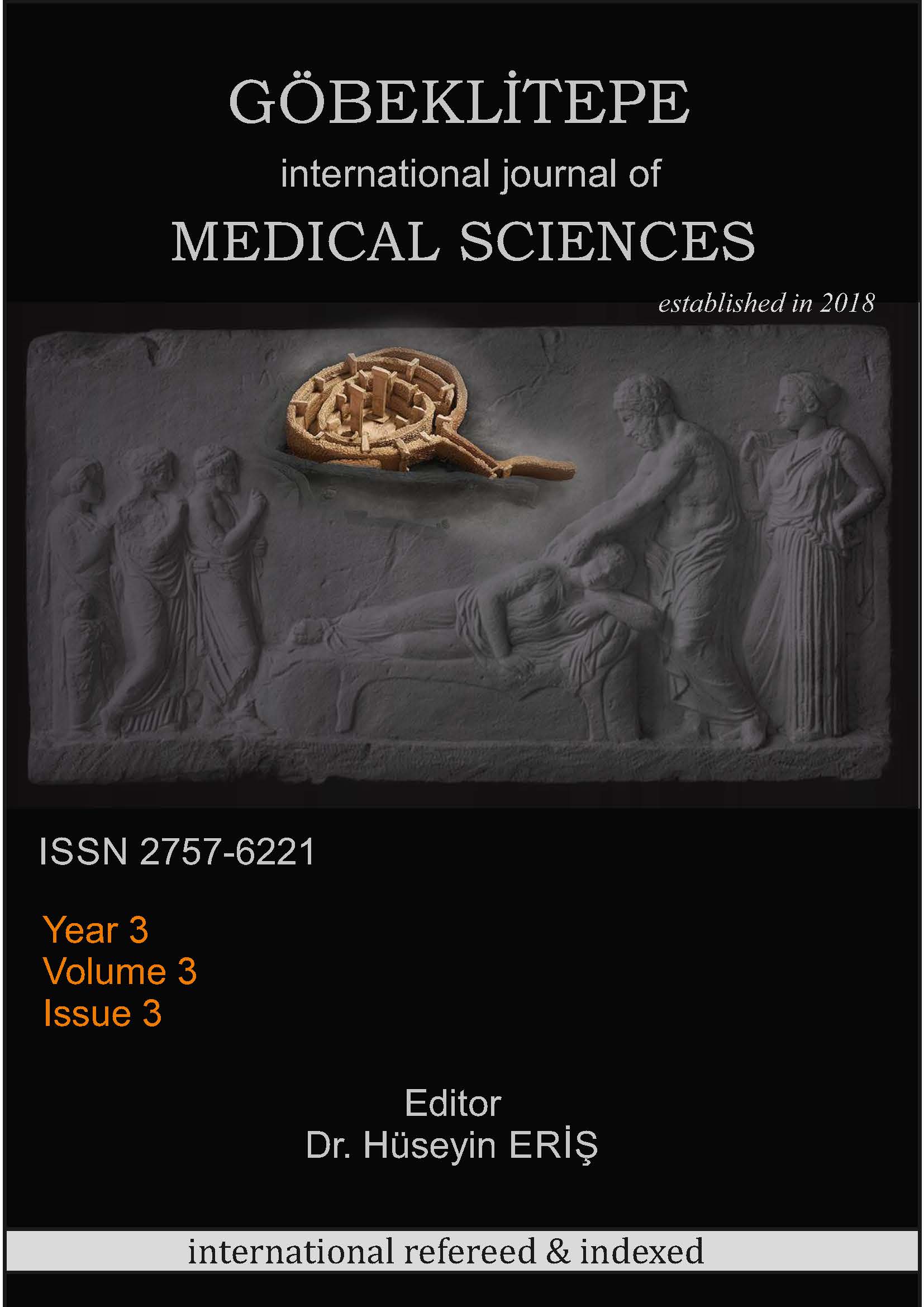ENTEROCOCCUS: AN IMPORTANT NOSOCOMIAL PATHOGEN
Keywords:
Enterococcus faecalis, Enterococcus faecium, Antibiotic, Resistance, VirulenceAbstract
Enterococci are resistant, gram-positive cocci, and are common determinants of the gastrointestinal tract of almost all land animals, including humans. Although enterococci are a fundamental member of the microbiome, they can also cause a variety of serious infections in hospitalized patients who are often treated with antibiotics and have compromised gut microbiota. The genus Enterococcus consists of 38 species, the most important of which are Enterococcus faecalis and Enterococcus faecium. Hospitals in the United States and around the world often isolate these bacteria as they are a cause of bacteremia, urinary tract infections, endocarditis, wound infections, meningitis, and nosocomial infections. These infections are among the most common clinical infections worldwide. Resistance to antibiotics is the most important among bacterial virulence factors. Therefore, the virulence factors of enterococci and antibiotic resistance, especially vancomycin-resistant strains, have been discussed as opportunistic pathogens. On the other hand, it should be kept in mind that antibiotic resistance genes can be transferred to susceptible enterococcal isolates and that these isolates may have the ability to spread and cause serious hospital infections due to the other virulence genes they carry. This review, it is aimed to give an idea about epidemiology and therapeutic strategies. Potential and new therapeutic options are also discussed. As a result, although enterococci are part of the normal intestinal flora and were once regarded as harmless endogenous pathogens, it has been proven in recent years that enterococci have much more complex interactions with the human host, which have emerged as important nosocomial pathogens. To achieve the goal of minimizing the impact of resistance, a better understanding of the epidemiology and pathogenicity of these microorganisms, appropriate use of antimicrobials, effective infection control measures in hospitals, and a more comprehensive, multidisciplinary effort is needed.





